Heritage journey
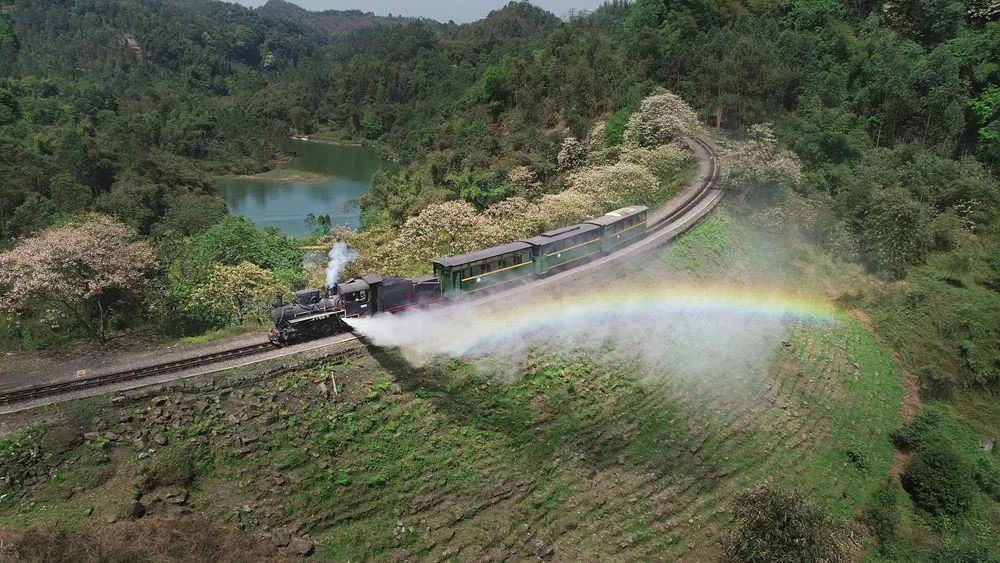
In addition to three world-class heritage sites, Leshan also has the "living fossil" steam train of the Industrial Revolution. Jiayang small train is famous for its "narrow gauge, many bends, steep slope, and the most primitive manu-al operation", and it has been awarded the national mine park qualification by the Ministry of Land and Resources. In the gullies of the mountains and the sea of flowers, the small train "kuang-dang-kuang-dang" running, and t-he sound of the steam whistle from time to time led travelers through time and space, returning to the steam engine era.
Sanjiang Night Tour is the largest night tour project in Sichuan. It uses technology and light and shadow effects to tell the urban culture of the ancient city of Jiazhou and interpret the story of Leshan. On a brightly lit night, the breeze is refreshing the moon, and the stars are sparse at night. The night view lights light up half of Leshan City. The three rivers of Minjiang, Qingyi and Dadu rivers meet at the foot of Leshan Giant Buddha. Antique architectu-ral complexes and the Sleeping Buddha and Lingyun Jiufeng Natural landscapes such as mountains and rivers complement each other, and a gorgeous picture of Leshan night is slowly unfolding. Visitors can take a boat to enjo-y the scenery on both sides of the river, take a closer look at the Leshan Giant Buddha, and take a look at the sleeping Buddha's first awakening.
It is believed that many people's impressions of Emei Mountain in Sichuan are mostly derived from martial arts dramas broadcast on TV. In the Qinglong Martial Arts Hall under Emei Mountain, there are non-genetic inheritors o-f Emei martial arts. Emei martial arts has a unique style and is one of the three major martial arts schools in China. It originated in the Shang Dynasty and originated in Mount Emei, Sichuan. It is the general name of martial arts -in Sichuan and even the entire southwestern region.
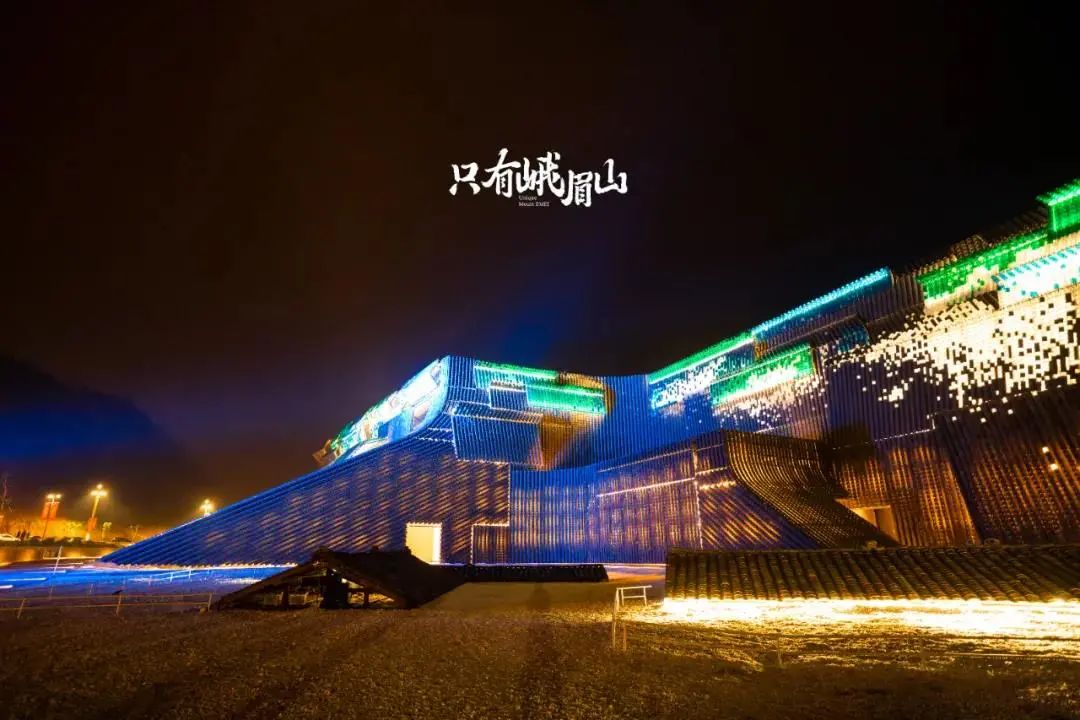
With the charm of Emei school martial arts, we will come to the foot of Mount Emei to watch "Unique Mount Emei". In the night, "Unique Mount Emei" sends out a question that penetrates time and space to everyone who com-es here, which is the most basic thinking about being alive.
When we come to the hometown of Daqian Paper in Jiajiang, Leshan, the first thing we felt was the well-preserved ancient papermaking craftsmanship. Here, we can make paper by ourselves and learn about the whole process of intangible cultural heritage papermaking. You can also take the wood block for printing and print your yearning for a better life into the bright red Jiajiang New Year paintings.
Buddhism and Zen journey
National key scenic spots, national 5A-level tourist attractions——Mount Emei Scenic Spots, Leshan Giant Buddha Scenic Spots. Where the ancient Leshan three rivers converged, the Min, Qingyi, and Dadu rivers converged at t-he foot of Lingyun Mountain. The water was quite fierce and ships were often overturned. Zen Master Haitong builds of the Leshan Giant Buddha by recruiting manpower and material resources in order to reduce the water pot-ential and save all living beings. The Giant Buddha is a seated Maitreya Buddha with a height of 71 meters. It is the largest carved stone statue on a cliff in China.
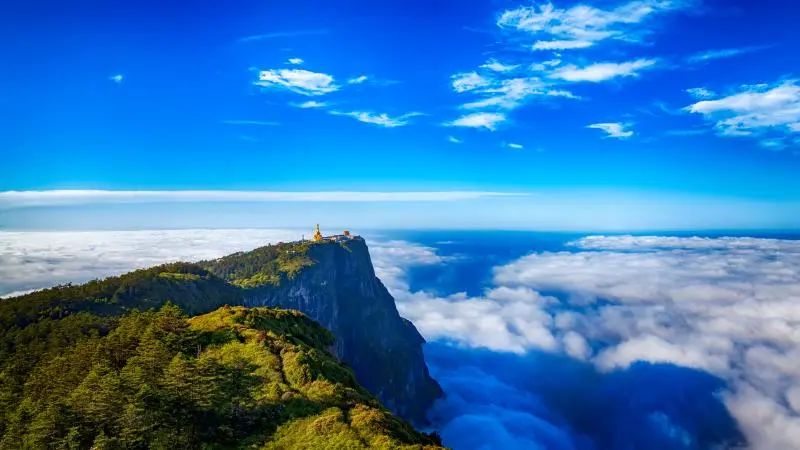
Mount Emei is one of the "Four Famous Buddhist Mountains" in China, with steep terrain and beautiful scenery, and is known as the "Emei is The beauty of the world". Mount Emei is the dojo of Samantabhadra. Religious cultur-e, especially Buddhism, constitutes the main body of the history and culture of Mount Emei. All the buildings, statues, appliances, etiquette, music, and paintings all show the rich flavor of religious culture.
As the first gateway to worship Mount Emei, the Giant Buddha Temple is the largest temple complex in China and the most magnificent Chinese Buddhist temple in Asia. It is not only the starting point for praying and pilgrimag-e to the Buddhist world of Mount Emei; it is also the starting point for public tourists to enter the famous mountain when traveling to Mount Emei.
Culinary Journey
Just as the peony shows the grace of the prosperous Tang, the elegant and beautiful jasmine complements the beautiful scenery of Leshan, and now we have come to the first stop of this food tour——Leshan Qianwei World Ja-smine Expo Park. Jasmine Expo Park takes floral fragrance as its core and creates a new jasmine cultural IP through creativity. It is the only jasmine theme park in China, where you can not only drink jasmine tea, but also taste f-ood made with jasmine.
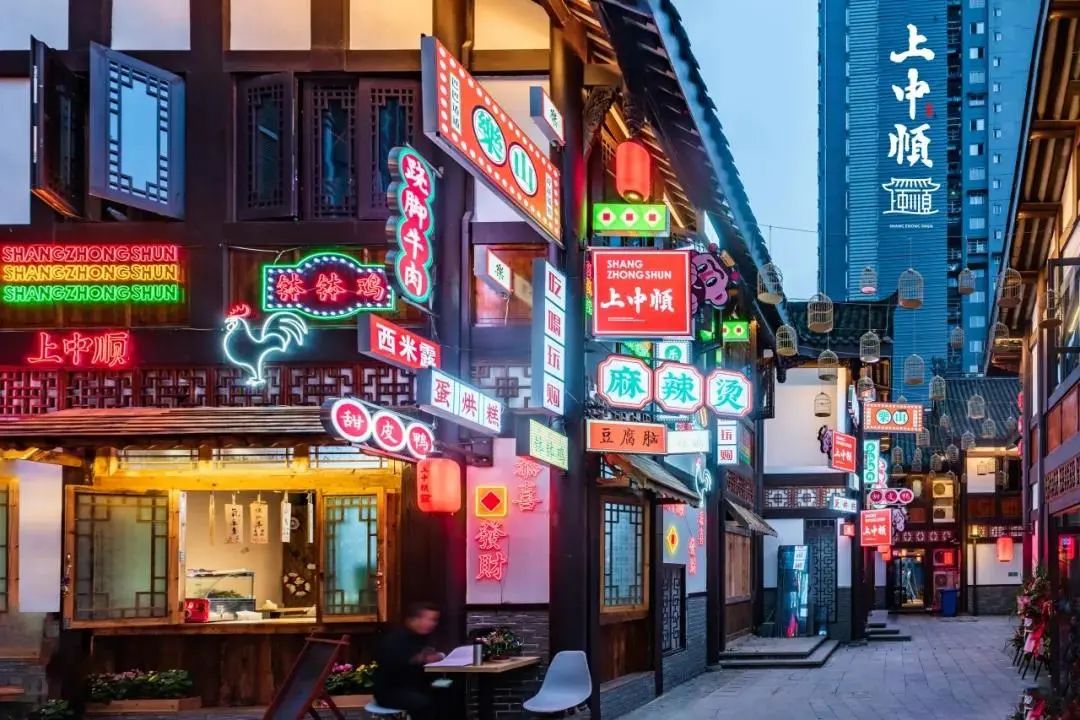
Once the most prosperous in the ancient city of Leshan was the lively market along the river. For example, Shangzhongshun, it is a century-old street that carries the beautiful memories of Leshan people. The Shangzhongshun s-pecial food street built here now makes full use of Leshan’s unique resources of "mountain, water, Buddha and city". It is a collection of food, leisure, and entertainment experience, presenting Leshan's most delicious, best-pla-ying, and best-looking aspects in front of everyone.
The ancient town of Suji is the birthplace of qiao-jiao beef, and it is a " delicious food business card" with the most "Leshan taste". It does not distinguish between time and place, and a big pot is boiling at any time. beef heart, beef liver, beef tongue, tripe, and beef tail in a chili dish, and then eat it , in Sichuan dialect:it is really delicious. Coupled with its unique medicated food function of dispelling cold and relieving cough, that delicious soup, even if you don't eat rice, you can drink three bowls of soup.
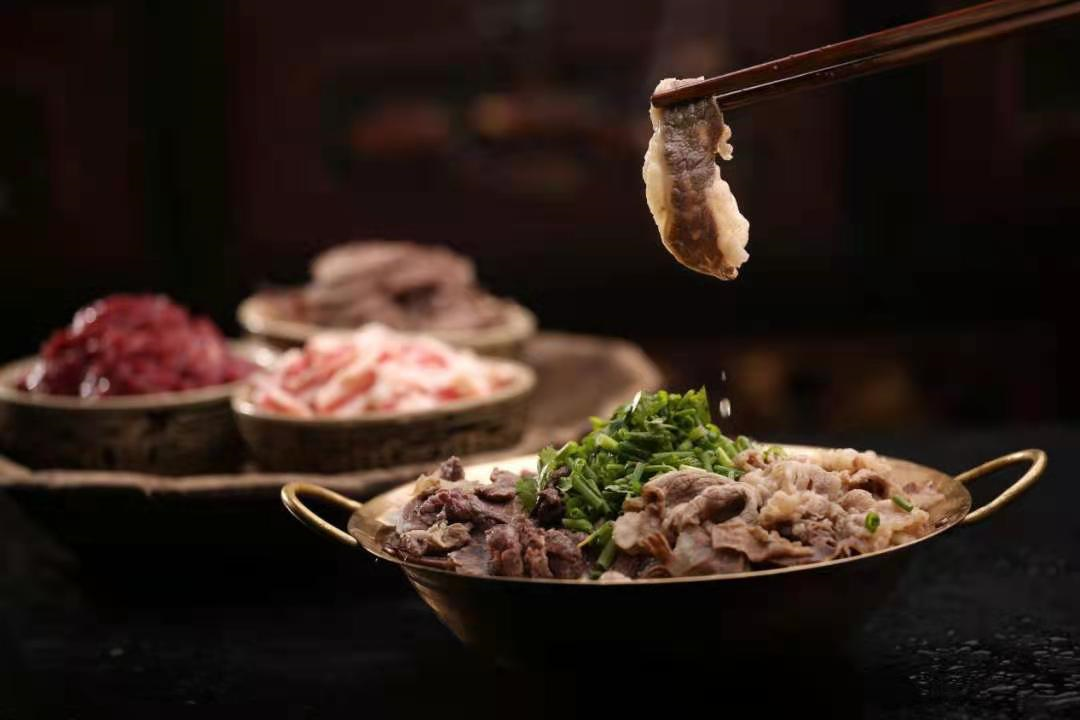
Leshan’s rich diets constitute a distinctive “Leshan taste”, but for a long time, few people have classified and summarized “Leshan taste”, which makes it difficult for Leshan people to have a clear and authoritative stateme-nt about “Leshan taste”. Leshan’s delicacies such as qiao-jiao beef, Xiba tofu, Bo-bo chicken, sweet-skinned duck, Mala Tang, beef ka-bing, bean curd, etc. are all the food business cards of Leshan. In short, Leshan has a lot o-f delicacies, if you want to lose weight, there is no hope!
